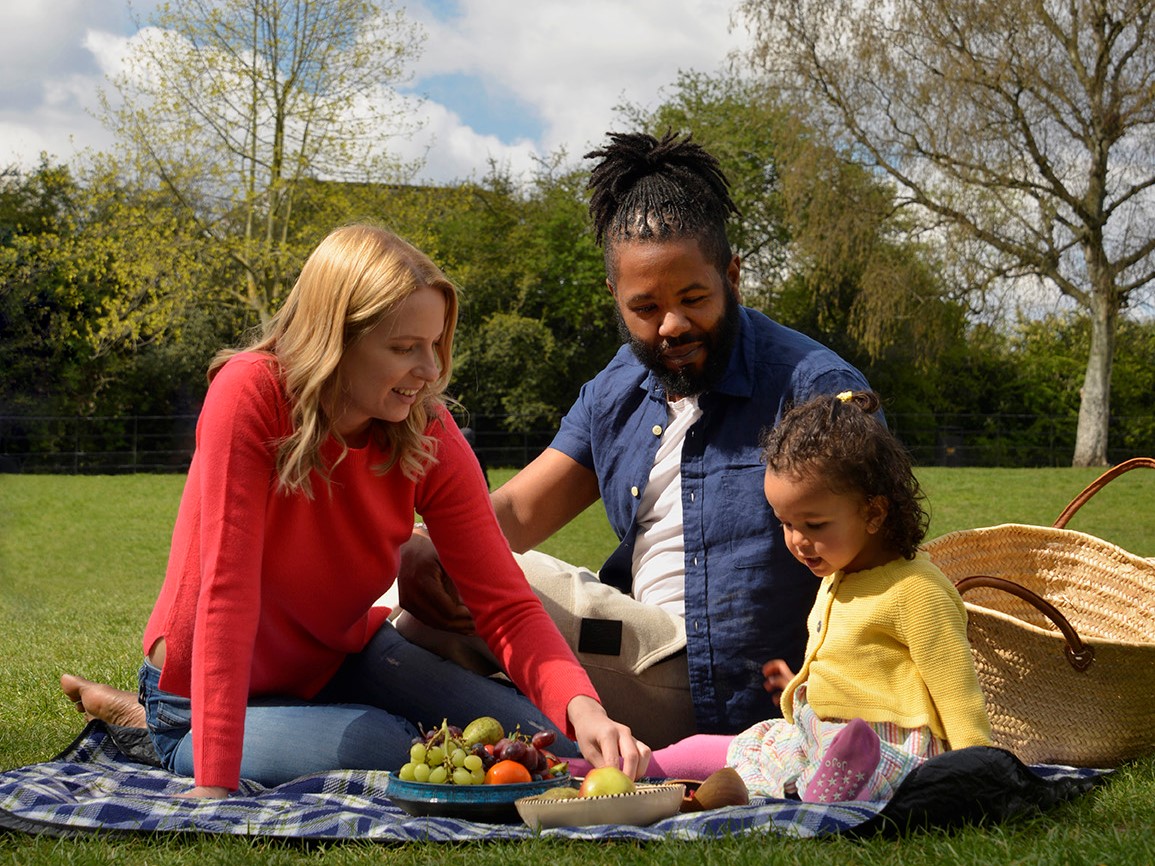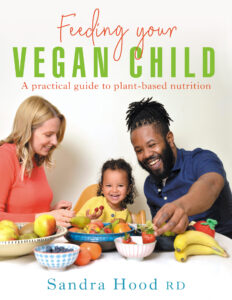
Blog written by Sandra Hood, author of ‘Feeding Your Vegan Child’
Christmas always takes me by surprise. I think I’m organised and then I find I have less than a week to finish my shopping and write Christmas cards. So, this year I have started planning who I am sending cards and letters to and to whom I am giving gifts. Even if you do not celebrate Christmas, it is the perfect time to spend with loved ones away from the hustle and bustle of everyday life. The majority of shops are closed, there is less traffic on the roads and it is generally quieter. Make the most of it!
Lots of my friends and family are feeling the pinch this year. I have, therefore, decided to give homemade Christmas hampers containing ‘useful’ gifts. The hampers are made from empty boxes covered with an assortment of old Christmas and birthday cards and glazed with glue. In completing this task it made me realise how many cards have pictures of animals and nature, and how humans get great pleasure from the natural world. Children’s Christmas gifts, whether they are games or toys, are often in the image of some animal or other. Why is it that many people still don’t make the link between loving animals and eating them? Anyway, I’m going off on a tangent. This is what I am going to include in the hamper:
Home-made crackers – you always need something noisy for Christmas. These are quite quick and simple to make and can be a lovely gift if you put something particularly special inside. There are lots of great videos around on how to make crackers.
Cookies – I’ve been saving my jam jars and will fill these with mini ginger cookies*. These always go down a treat and I wish I had included this quick and easy recipe in my book.
Candles – A must if we get the power cuts predicted! I’ve managed to pick up all different shapes and sizes from charity shops.
Dried apple rings – I’ve got a dehydrator and it has come into its own this year as I have managed to get lots of free apples from friends and family. When you dehydrate fruit and vegetables the flavours are concentrated, they seem like a different food. Tomatoes and apples are particular favourites of mine.
And last but not least I will pop in a copy of my book – if they haven’t had the wisdom to have bought a copy! I’m not very good at blowing my own trumpet but it is Christmas after all. I’ve had lovely feedback from vegan families who liked the fact that my book was a small handy guide and not overwhelming. They have also commented that it is a useful guide for adults as a practical overview to check they were meeting their nutritional requirements too.
Finally, please bear in mind my book isn’t just for Christmas! Happy Christmas and I wish you all a very happy and healthy 2023.
Sandra
*Recipe for ginger cookies
- 115 g (4 oz) margarine
- 85 g (3 oz) sugar
- 1 tablespoon golden syrup
- 115 g (4 oz) self-raising flour
- 115 g (4 oz) oats
- Pinch of salt
- Pinch of bicarbonate of soda
- 2 tsp dried ginger
- 2 tsp fresh ginger, grated
- Cream margarine, sugar and syrup together.
- Add all the other ingredients and mix evenly.
- Roll into 12 balls.
- Place on a greased baking tray.
- Press each ball flat with a fork.
- Bake at 175oC/350oF/Gas 4 for 15-20 minutes, or until golden brown.


